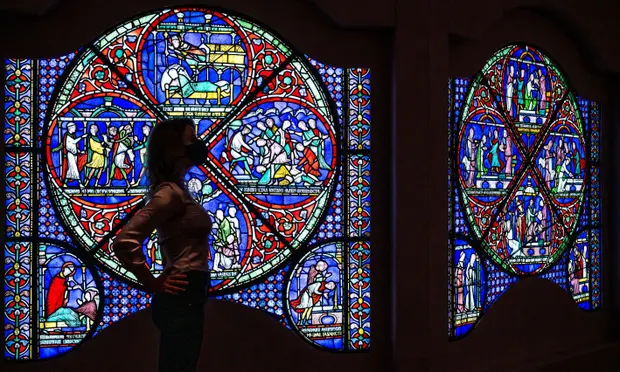The Guardian view on museums and communities: shaping the future

Originally published by The Guardian, 1 April 2022.
The 20th-century philosopher Hans-Georg Gadamer considered the encounter between the viewer and a work of art to be a dynamic relationship. Meeting a work of art made in the past involves a jolt, a reaction, an actual event, in the present. Coming across the same work of art later will set up another event, another reaction, in which the artwork will be, as it were, activated afresh by the intellect and emotions of the viewer. When we interpret a work of art, we are teasing out its possible meanings in the moment; but those meanings will change, depending on the viewer and the time.
Extend this thought into the world of the museum and it becomes clear that these institutions are not simply about the past. They are, necessarily, about the present. Paintings, sculptures, artefacts of all kinds become meaningful in the “now” of their being viewed and considered. They shape us as we excavate new depths from them.
In a more purely functional manner, museums are increasingly embracing their capacity to be actors in the present worlds of their communities – rather than simply repositories of things of the past, and gatherers and protectors of collective memories. Neil MacGregor, former director of the British Museum, in his BBC Radio 4 series The Museums That Make Us, is exploring this role, travelling through the UK, visiting museums from the Hepworth Wakefield and the Museum of Making in Derby, to the Tower Museum in Derry and the Museum nan Eilean in Stornoway.
He notes along the way that nostalgia is a danger for some of these institutions: there can be a temptation for them to become containers of “loss and longing”, especially when part of their founding impulse may have been, understandably and rightly, to preserve what was on the verge of being erased – whether preindustrial ways of life or, in the post-Thatcher age, manufacturing cultures.
Something intriguing can happen when the drift to nostalgia is resisted. An example is Derby’s new Museum of Making, which both salutes the city’s history of manufacturing and aims to foster skills and inspire new acts of ingenuity. That in itself is nothing new, of course: part of the purpose of the Victoria and Albert Museum in London was to encourage innovation in design and manufacturing. But the Museum of Making takes things a step further – hosting, for example, sessions for teachers and educators on fostering environments conducive to creativity, and “maker challenges” for teenagers. In so doing, it bridges the gap between museum and educational institution and inserts itself more fully into the fabric – and future – of the city.
It is a welcome shift. Museums, often in the teeth of terrible loss of income thanks to Covid-19 closures, are increasingly becoming ethical actors, as heavily invested in conversations about the kind of places communities want to be as what they once were. It should go without saying that they need to be properly supported to do this, by the government, local authorities and donors. As the effects of Covid continue to bite – and inflation begins to hit – the work of reimagining communities is more important than ever.